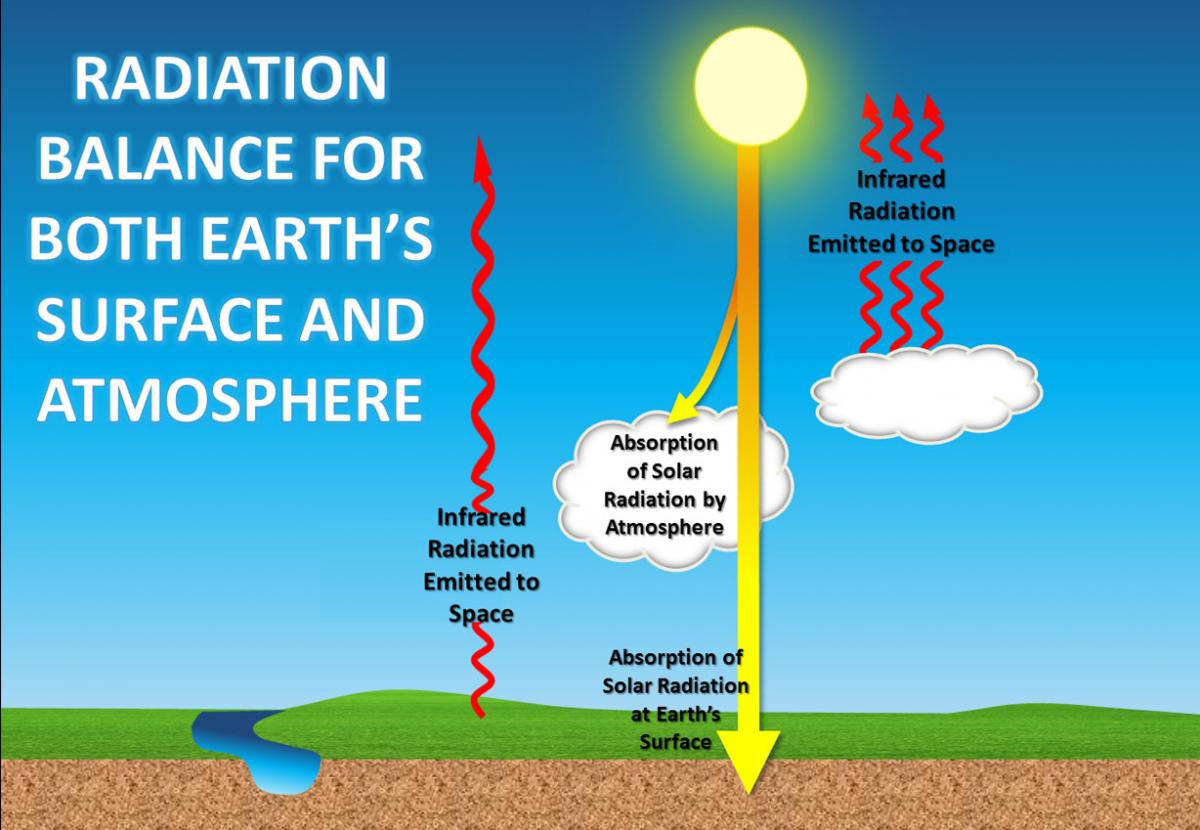Before we can learn anything about heat, we must learn what heat is. Heat is the transfer of thermal energy from object to object when the objects are of a different temperature. Heat is also one of the major reasons why life can survive and thrive on this planet, because without heat, we would not be able to cook food, clean clothes, wash dishes, and we would not be able to survive without it. Heat keeps us warm, keeps us clean, and is a major driving force of life. Now that we covered what heat is, let me tell you a secret. Heat can be transferred, and there are three ways that can happen.
The first type of heat transfer is conduction. Conduction is when heat is transferred from one object to another by direct contact. This type of heat transfer occurs mostly with solids and is best seen when cooking. Here is a real life example. You ( the cook) are making a nice hot pot of tomato soup. To get the soup to heat up, you turn the stove's temperature from low to high. As the heat stays on, the heat from the stove is transferred to the pot which then heats the soup in the pot. By the way, pots are made of metal because metals are conductors of heat. Conductors are objects that transfer heat energy well from one object to another like water and metals, but insulators like feathers and plastic are not good conductors because they reflect heat rather than absorb it. This is why you stay warm when you are wrapped up in a blanket.
The next type of heat transfer is radiation. Radiation is when heat is transferred through electromagnetic waves. An example of this is the sun. When you are outside on a hot summer day, and you notice that your ice cream has started to melt, but you haven't licked it: this is due to electromagnetic waves. The waves travel through the atmosphere and then travel through the ice cream causing it to melt. Pretty cool stuff right, but we still have one more to talk about.
The final way that heat can be transferred is convection. Convection is the transfer of energy by the movement of liquids and gases. An example of this form of heat transfer is when you have a pot of boiling water. The hot water at the bottom of the pot rises to the top of the pot where it gets cooler, and due to the water getting cooler, it sinks back to the bottom of the pot where the process repeats itself. This is why you should put heating vents near the floor. The reason is because heat rises, so putting the heat near the ceiling is not a good a idea, because the heat would only heat the top of the room and not the bottom.
Thanks for reading this week's post and also check out this video about heat transfer. Please leave a comment in the comment section down below.



No comments:
Post a Comment